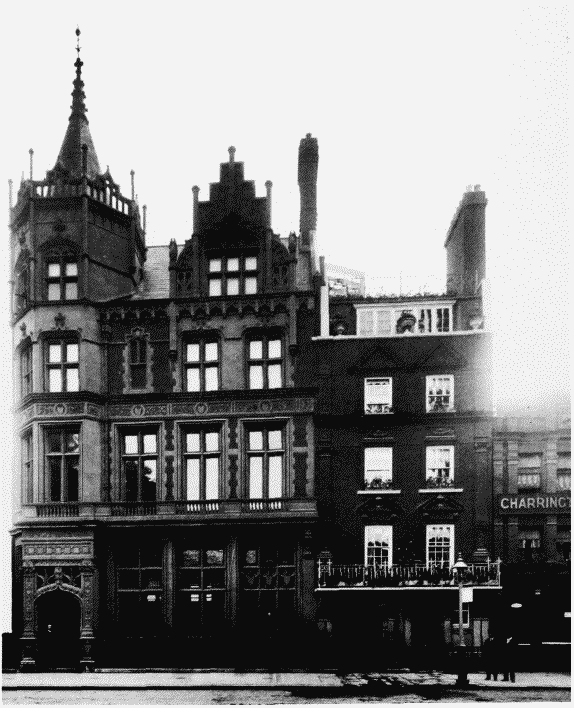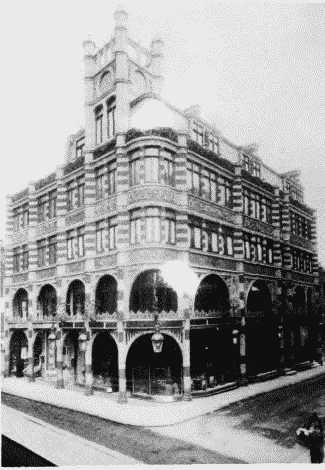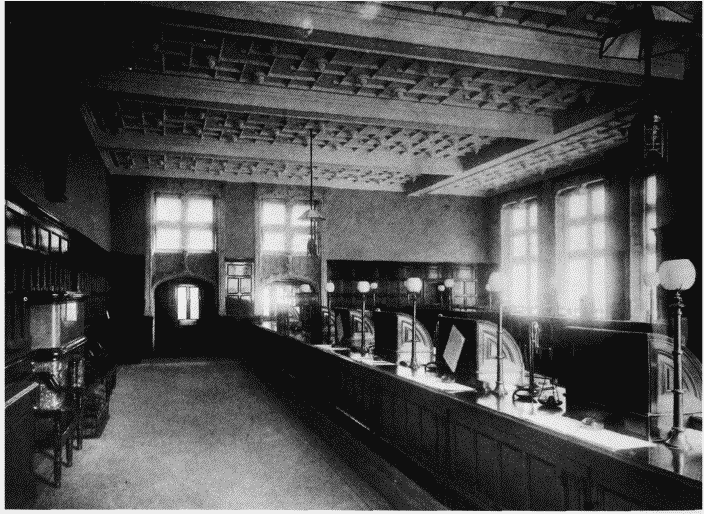Survey of London: Volume 42, Kensington Square To Earl's Court. Originally published by London County Council, London, 1986.
This free content was digitised by double rekeying. All rights reserved.
'Plate 30: Kensington High Street', in Survey of London: Volume 42, Kensington Square To Earl's Court, ed. Hermione Hobhouse (London, 1986), British History Online https://prod.british-history.ac.uk/survey-london/vol42/plate-30 [accessed 15 April 2025].
'Plate 30: Kensington High Street', in Survey of London: Volume 42, Kensington Square To Earl's Court. Edited by Hermione Hobhouse (London, 1986), British History Online, accessed April 15, 2025, https://prod.british-history.ac.uk/survey-london/vol42/plate-30.
"Plate 30: Kensington High Street". Survey of London: Volume 42, Kensington Square To Earl's Court. Ed. Hermione Hobhouse (London, 1986), British History Online. Web. 15 April 2025. https://prod.british-history.ac.uk/survey-london/vol42/plate-30.
In this section
Kensington High Street, South Side
a. (above). Nos. 1 and 1A (London and County Bank), 3 and 3A (left to right) in 1891. Bank designed by Alfred Williams architect, 1884-5 (p. 76); Nos. 3 and 3A (The Goat) of c. 1695, refronted in 1880-1

Kensington High Street
Nos. 1 and 1A (London and County Bank), 3 and 3A (left to right) in 1891. Bank designed by Alfred Williams architect, 1884-5 (p. 76); Nos. 3 and 3A (The Goat) of c. 1695, refronted in 1880-1
b. (above). Nos. 55-61 (odd), at corner with Young Street, in occupation of Gas, Light and Coke Company, c. 1900. Leslie and Company, builders, 1893-4 (p. 81). Now multilated

Kensington High Street
Nos. 55-61 (odd), at corner with Young Street, in occupation of Gas, Light and Coke Company, c. 1900. Leslie and Company, builders, 1893-4 (p. 81). Now multilated
c. (right). No. 1 (London and County Bank), banking hall in 1892. Alfred Williams, architect, 1884-5 (p. 76)

Kensington High Street
No. 1 (London and County Bank), banking hall in 1892. Alfred Williams, architect, 1884-5 (p. 76)